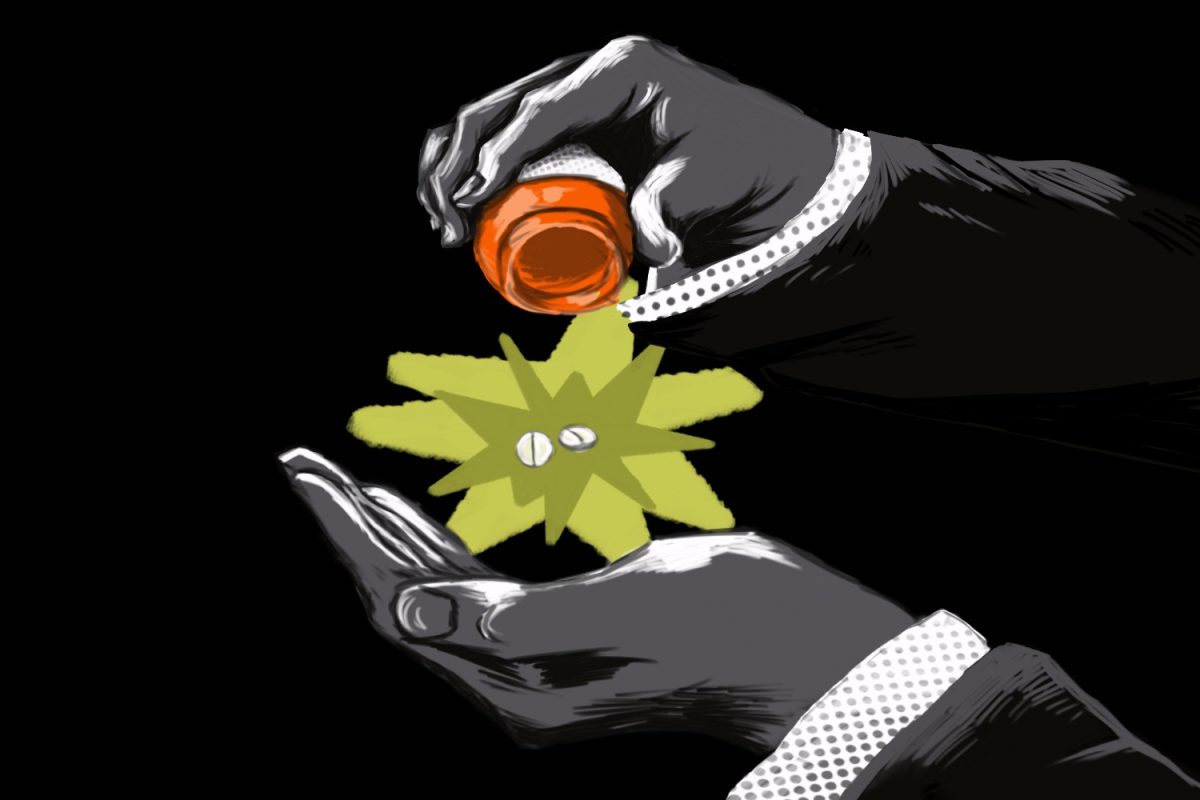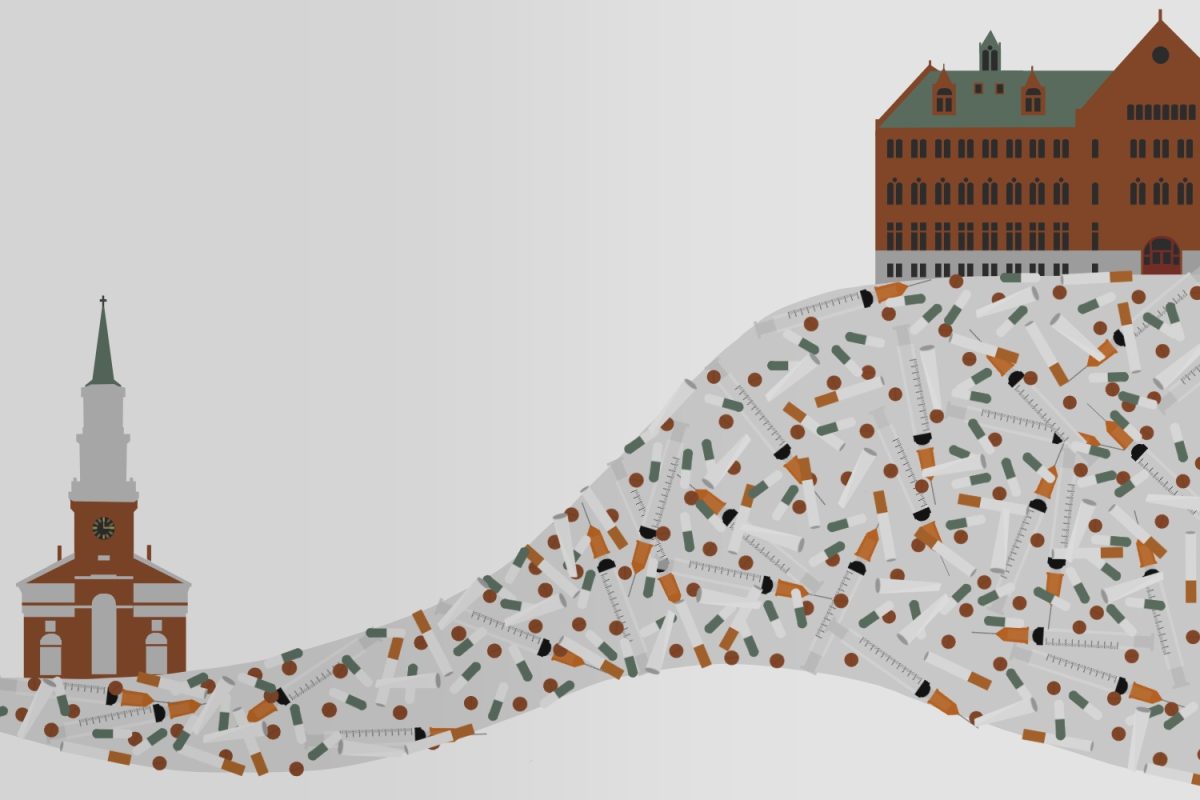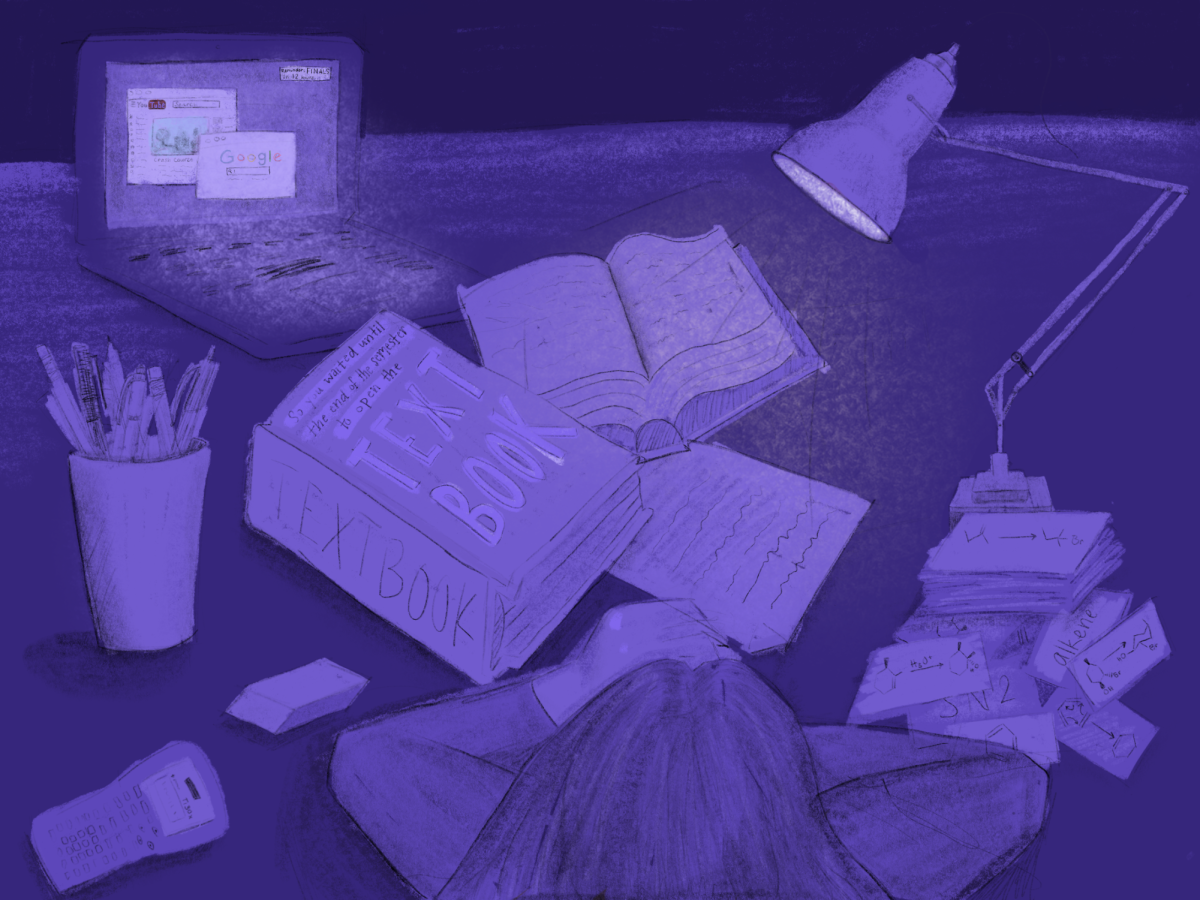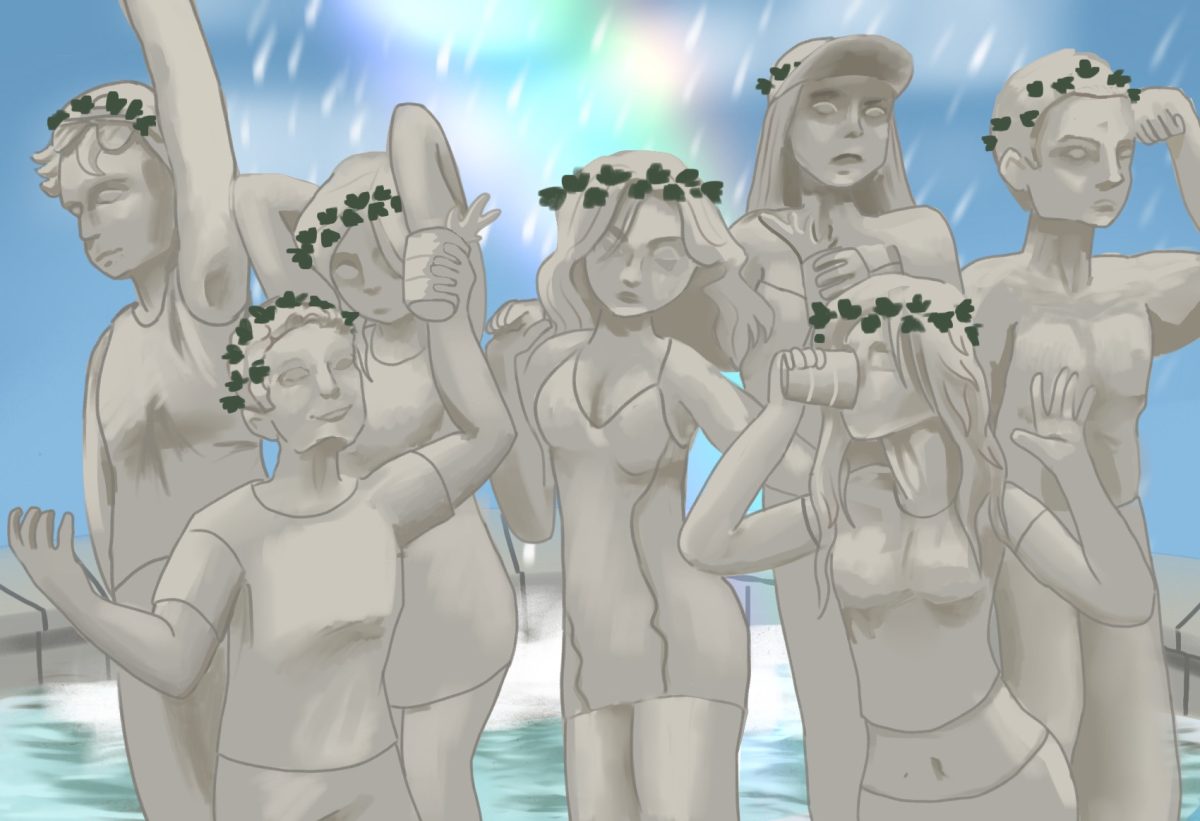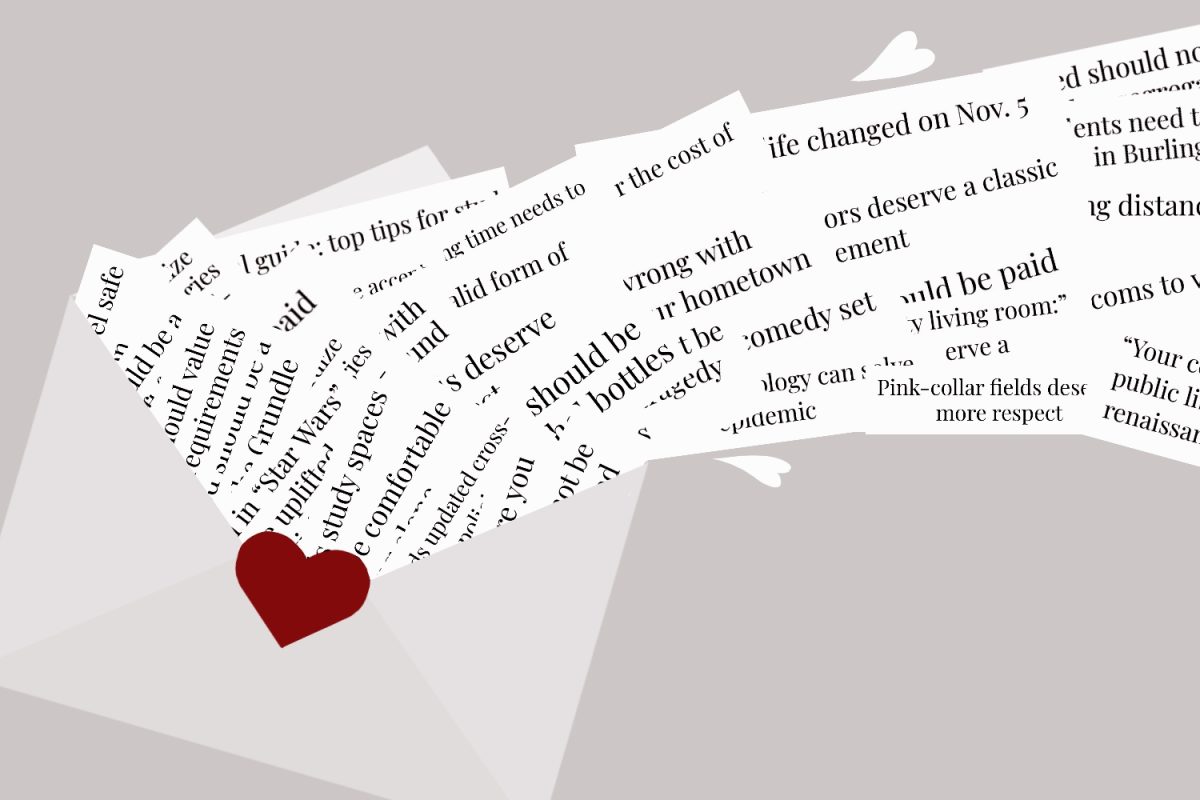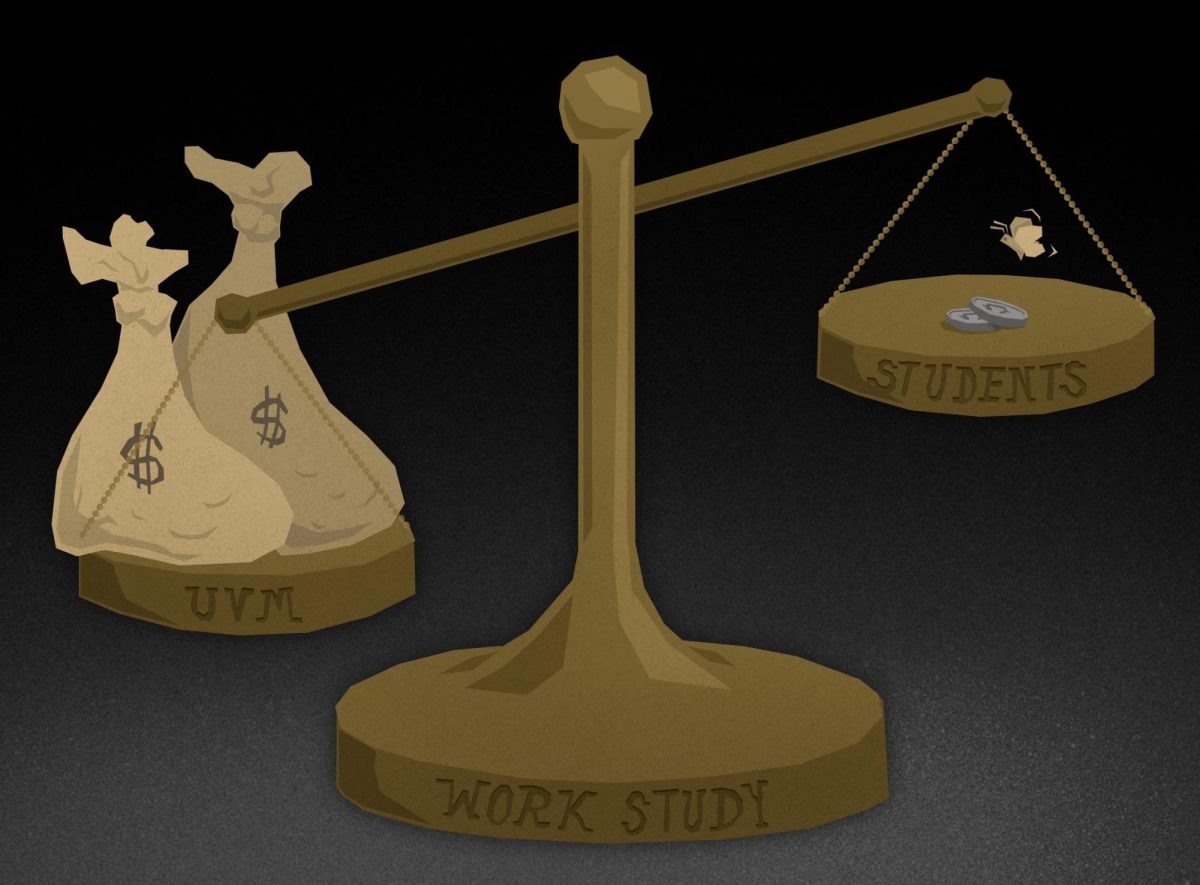Citing sources is the most annoying step in composing a research paper. After deciding whether a certain statement qualifies as common knowledge or deserves a citation, and learning which of the many styles of citation a certain professor prefers and whether they expect footnotes or in-text citations, the student sets out on the piddling and finicky process of situating commas, periods and colons correctly around the title of an online journal article. Why are there so many citation styles? Why are they so particular? Several web pages, a complete shelf of books in the Bailey/Howe Library and few academics aim to bring light to these questions that every undergraduate student has whined about as they rush to finish a paper the night before it is due. In his work Documentation, Robert Hauptman claims that there are roughly 3,200 formalized citation styles to choose from, such as The Journal Of Fish Physiology and Arbeitstechniken Literaturwissenschaft Styles. Robert J. Connors of the University of New Hampshire contributed two lengthy articles to the journal Rhetoric Review, dating the emergence of the citation back to the Renaissance and Protestant Reformation Scholarly writing, being relatively newfangled, was met with much disapproval, in order to just the littlest bit of credibility for his works, the author would use citations to, “[batter] any potential critics into silence with the weight of his research and learning”, (Connors, 1998). Between the major styles Chicago, MLA and APA, there is shockingly little difference. In APA the date appears earlier than it does in Chicago, and MLA in-text citations require no comma, but they all feature the same basic information. Librarians and professors alike will tell you that they vary because within certain disciplines, certain pieces of information are more important and ought to precede other pieces of information. For instance, in the sciences the timeliness of an article might be the most important while in the humanities the name of the translator would be more important than the date of publication. This seems like persnickety hair-splitting. We’re talking a distance of a few inches, a handful of words; does it really help us understand the timeliness of an article if we have to trudge past the name of the journal it was published in before seeing the year of its publication? Like the correct use of a hyphen to create a compound adjective, this is just another example in which academics make their own lives as difficult, particular and complicated as possible so that, upon mastering this small feat, the author seems all the more professional, detail-oriented and indisputable. So we have nothing left to do but try to beat our predecessors at their own game. Let this ridiculousness be a tool that you use to your advantage this finals season rather than the detail that causes your grade to drop by one or two precious points.
Categories:
Citations: assets or afflictions?
December 9, 2010
0


